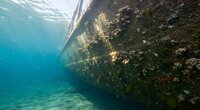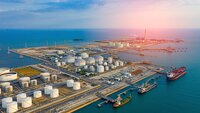1683 results:
Date: 28 August 2025
Date: 27 August 2025
Date: 20 August 2025
Date: 19 August 2025
Date: 7 August 2025
Date: 5 August 2025
Date: 5 August 2025
Date: 1 August 2025
Date: 1 August 2025
Date: 30 July 2025






